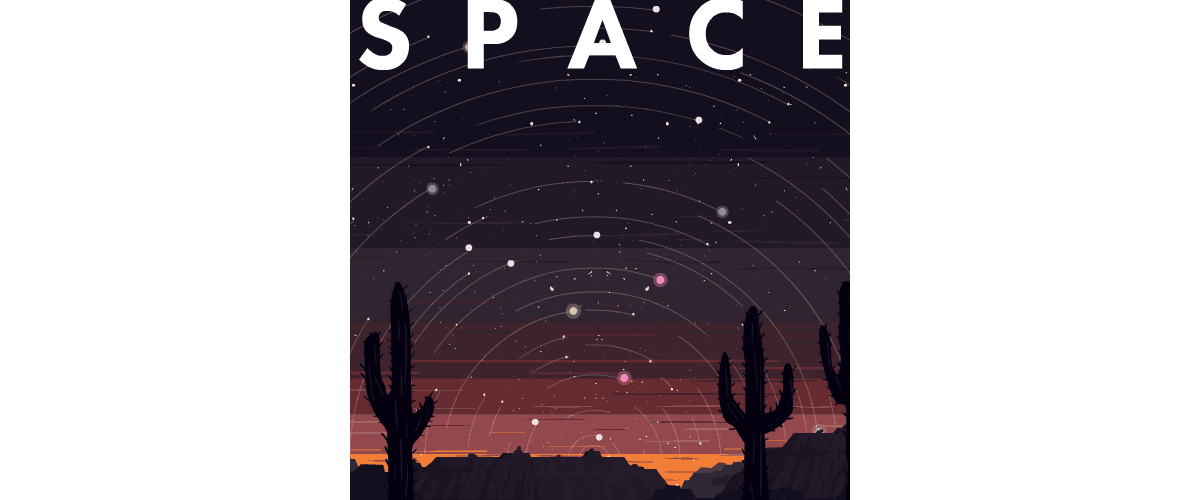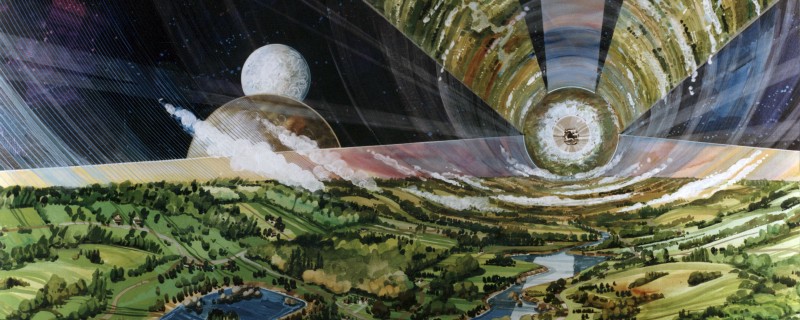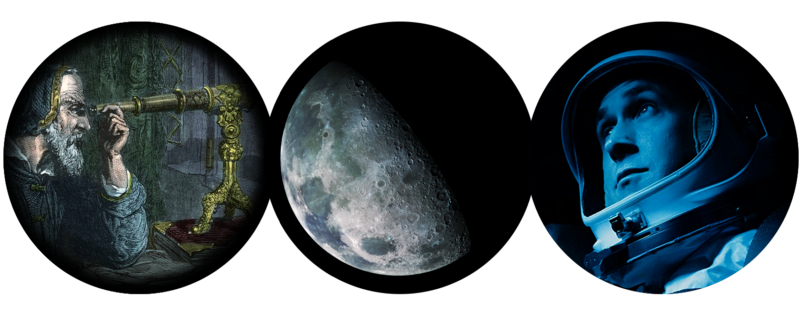
Space is where we project our dreams–and our nightmares–of the future.
It’s also been the site of very real exploration for more than half a century. But that exploration has been driven by competing dreams–scientific discovery, economic exploitation, geopolitics, and more.
Science fiction scholar Lou Cornum asks: If humans are to leave Earth and become an interplanetary species, whose vision of the future will be realized? And who will get to be a part of it?

We Are All Astronauts
Half a century after Buckminster Fuller published Spaceship Earth, the future is more organic than he thought

The Far Side of Utopia
In the 1960s, space programs in Lebanon and Zambia suggested a changed geopolitical world had corollaries in a larger cosmos

We Are a Space People
Indigenous takes on Star Wars reorder the cosmos, even if its paradoxes are inescapable

When Space Films Are Just a Vehicle for Patriotism
Focusing on the achievements of “great men in space” overshadows the wonder of the cosmos

Who Gets to Go to Space?
When billionaires dictate the future of off-world exploration, space becomes just another capitalist gimmick


How We Get To Next was a magazine that explored the future of science, technology, and culture from 2014 to 2019.





